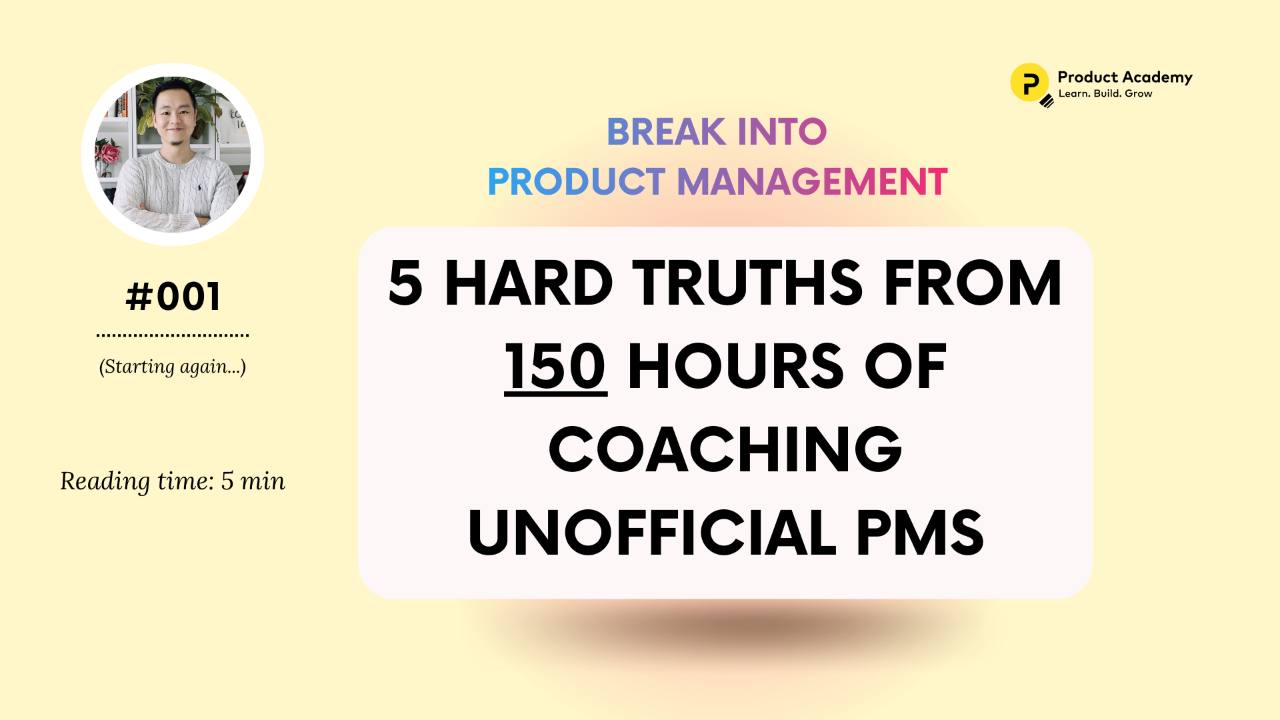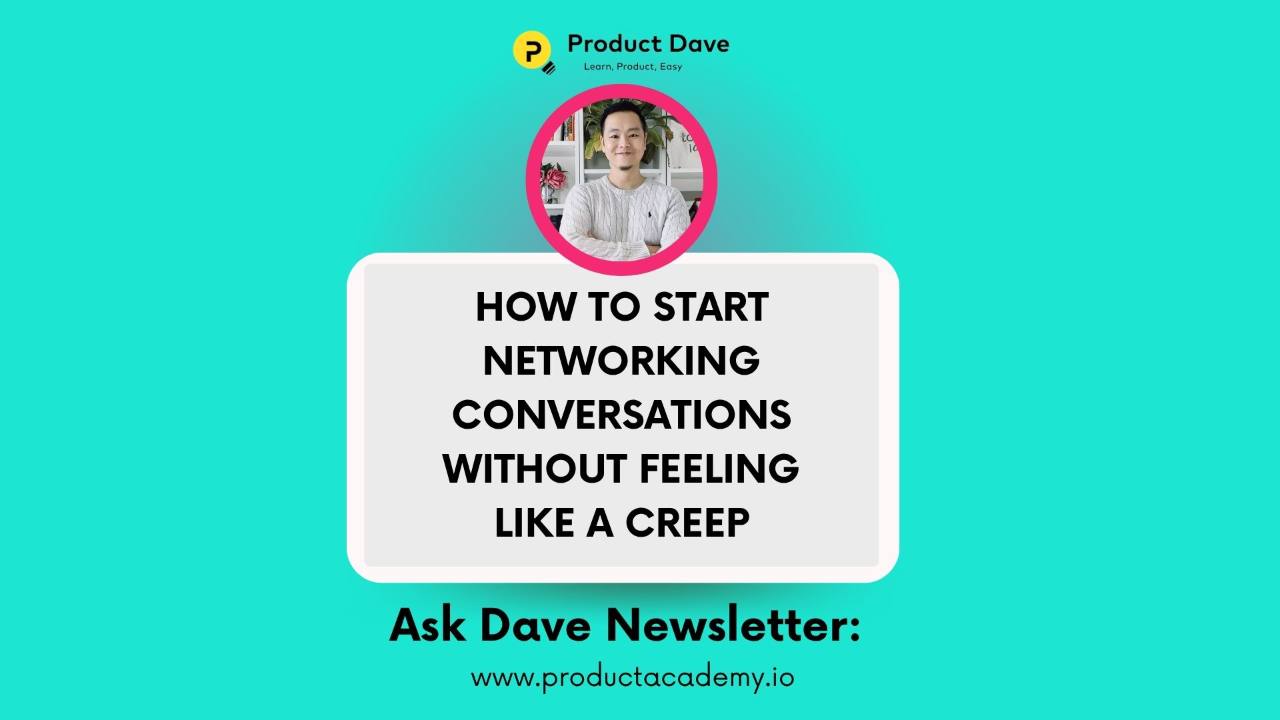Don’t Job Hunt Alone — Build a Job Search Group That Gets Results

In the last edition, we talked about why doing a job search alone sucks — and how creating a small, focused Job Search Group (JSG) changed everything for me.
But just creating a group chat isn’t enough.
To really move the needle, you need structure. You need rhythm. You need the right mindset.
We met weekly. Shared leads. Practiced interviews. Gave feedback. And most importantly, we made sure nobody got stuck in their own head.
It worked. Not magically — but meaningfully.
So today, I want to show you how you can start your own group — and run it well.
How to Recruit People Into Your Job Search Group

Step 1: Start Small (Find Your First Peer)
Don’t overthink it. Just find one person who's in transition — maybe they’ve been laid off, are switching industries, or just quietly exploring new roles.
Reach out with a message like:
“Hey — I’m forming a small peer group to support each other during job search. Think of it like a career workout group. Want to try a session with me?”
You’ll be surprised how many say yes. Once you have one person in, it’s much easier to add more.

Step 2: Create a Clear Pitch
You’re not starting a hangout group. You’re creating a structured weekly session that gets results.
Here’s the quick pitch:
- Weekly 60-minute meetings
- Structured agenda: updates, requests for help, deep dives
- Safe, confidential, supportive — not a networking group
- Real progress, real feedback, real support
This clarity attracts the right people.
Step 3: Look Beyond Friends
Friends are great — but the most effective groups often come from loose ties — ex-colleagues, LinkedIn contacts, past classmates.
These folks bring new perspectives and motivation.
Try this message in PM communities:
“Looking for 2–3 people actively job searching (ideally in product or tech) to join a weekly 1-hour peer support group. We'll share job leads, give feedback, and keep each other accountable. DM me if you're in.”
Where to post it:
- Product Academy Slack
- Lewis Lin Slack
- Product School Slack
- Lenny’s Newsletter Community
- Mind the Product
- Meetup.com

Step 4: Cap It at 4–8 Members
Your group size matters more than you think.
Too small? There's not enough energy or diversity of thought.
Too big? It gets messy fast — people talk over each other, and airtime disappears.
The sweet spot is 4 to 8 members. Here's why:
- 4 to 8 people is just right for trust, variety, and manageable conversation.
- Everyone gets a chance to speak — without meetings dragging on.
- You’ve got backup if someone misses a week — but still small enough to stay personal.
Choose members who:
- Are actively job searching or seriously preparing to start
- Can show up consistently each week — no ghosting
- Are willing to share openly and offer support
- Respect confidentiality — what’s said in the group stays in the group

Once you’ve got 4 people who are in, committed, and ready — you’re good to go.
Don’t wait for “perfect.” Start with momentum.
How to Run a Weekly Job Search Group Meeting (That People Want to Keep Showing Up To)

Consistency beats inspiration.
Here’s a 60-minute structure that keeps meetings focused and helpful:
1. Quick Updates (20 min)
Each member shares what they did since the last meeting, highlights any wins or blockers, and sets one goal for the upcoming week. This keeps progress visible and energy high.
2. Requests for Help (20 min)
Everyone brings one focused ask — like resume feedback, a mock interview question, or a tough career decision. Keep it short (around 5 minutes each) to stay efficient and actionable.
3. Deep Dive (15 min)
One member takes the spotlight to unpack a bigger challenge — such as a failed interview, a job offer decision, or feeling stuck. The group responds with honest, constructive feedback.
4. Wrap-Up (5 min)
End by expressing thanks, confirming the next meeting, and having everyone share one commitment for the week. Keeps accountability strong and the group connected.
💡 Grab the meeting agenda template here
Pro Tips:
- Start and end on time — always.
- Rotate facilitators if needed, but stick to the same format.
- Use a shared document to track progress and goals.
- Create space for vulnerability, but always come back to action.
- Celebrate small wins: interviews booked, cold emails sent, clarity gained.
Four Common Pitfalls (And How to Avoid Them Before They Ruin Your Group)

Even great groups can fall apart if you’re not careful. Here are the big four traps — and how to avoid them:

1. Inconsistent Attendance
People start strong, then disappear. Energy drops.
💡Fix: Set clear expectations from the start — weekly attendance is part of the deal. Reconfirm every month. Same day, same time helps a lot.
2. Emotional Dumping Without Action
The meeting becomes group therapy — but nobody’s moving forward.
💡Fix: Allow space to vent, but always end with “What’s the next action?” Reframe emotion into forward movement.
3. No Agenda, No Direction
Every week feels chaotic. People don’t know what to prepare.
💡Fix: Use the same agenda every time. Updates → Help → Deep Dive → Wrap-Up. No surprises = more trust.
4. Uneven Participation
Some people talk for 20 minutes. Others barely speak.
💡Fix: Timebox updates and requests. Rotate who goes first. Encourage quieter members by directly inviting them in: “What do you think, Sam?”
Tools & Templates That Make It Easy

Don’t build from scratch — use what already works. These tools will save you hours and create instant structure:
These aren’t just documents — they’re your shortcuts to focus, clarity, and consistency. Use them to keep your group on track and your job search moving forward with purpose.
What I Want You to Take Away
You don’t need more job boards — you need momentum.
A Job Search Group gives you structure, support, and people who won’t let you quit when things get hard.
Start small. Show up. Keep going.
Your next role won’t come from doing it alone —it’ll come from doing it together.
🚀 Want to break into Product Management? Join my FREE Monthly Meetup with 2,300+ others on the same journey — ask questions, get real advice, and learn what actually works. 👉 RSVP here
Want to learn practical product management? Check out my courses at productacademy.io — self-paced, no-fluff training built by me. Lifetime Access. Happiness Guarantee.







Responses